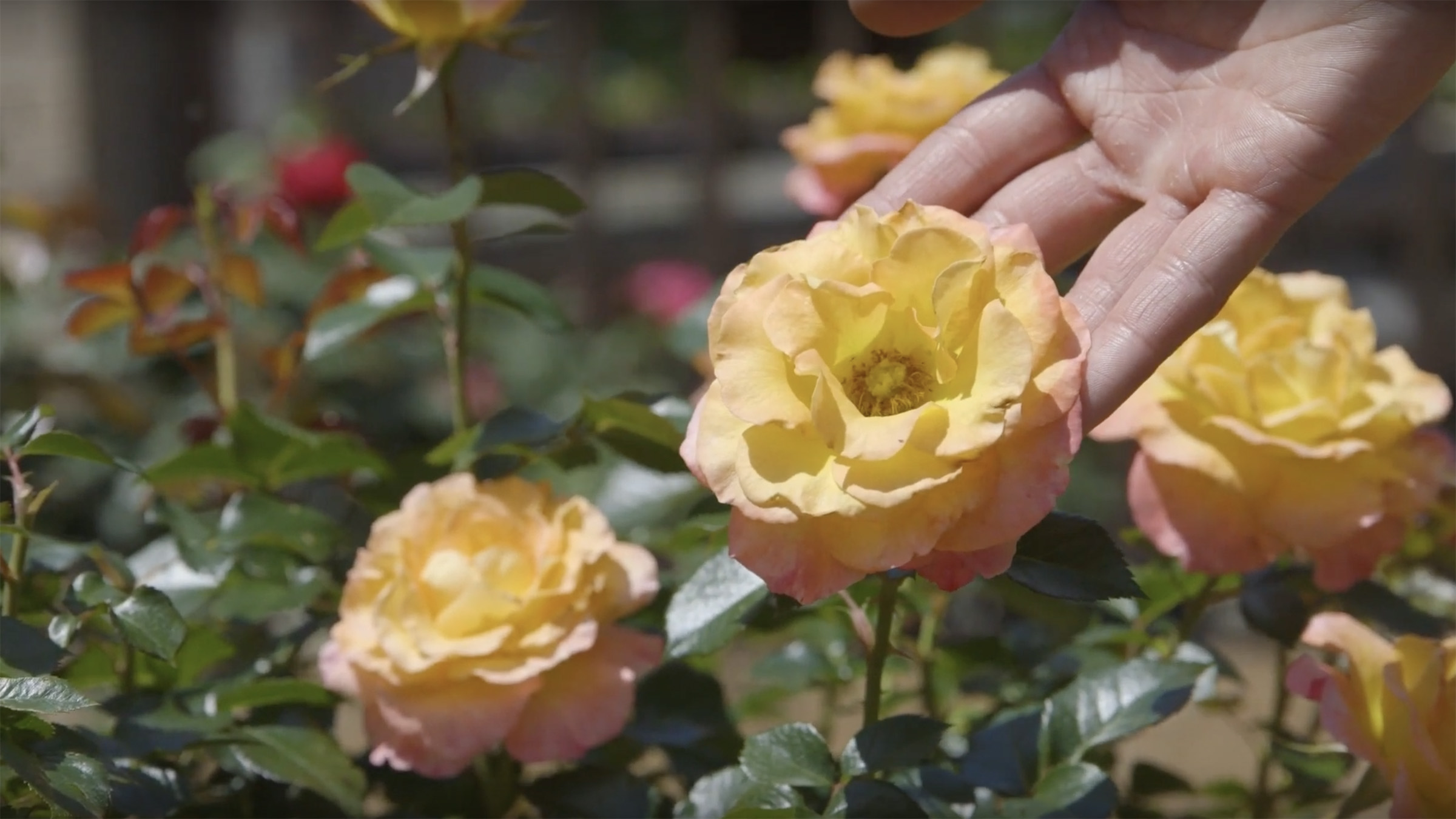Now that you’ve made your sourdough starter, it’s important to maintain it so you can make some delicious recipes.
You might have noticed that while your starter began as a flour-water paste, it will have risen overnight and even developed a different smell. This means that the microbes (beneficial bacteria and yeast) are busy digesting the sugar and starch to create acid and carbon dioxide.
So how do we keep our microbial chefs healthy and productive? Erin McKenney at NC State University shares tips on how to feed and maintain a healthy starter:
- Remove part of the starter twice a day. This is called “backslopping”, which gives the starter more room to grow. Keep the “backslop”, or the starter you removed from the jar, because you can keep it and have another batch of starter!
- Add half of what you initially used for flour and water. If you followed the recipe from the How to Make Sourdough Bread Starter video, we used ½ cup each of flour water. In this case, you would add ¼ cup of flour and ¼ of water to the jar of remaining starter.
- If you plan to use your starter to bake in the near future, it’s best to keep it at room temperature, covered by a paper towel and a rubber band.
- If you don’t plan to use your starter as frequently, you can keep it in the fridge with a normal lid. Keep in mind that although cold temperatures will keep the microbes dormant, they will eventually starve if not fed from time to time.
- If you’re aiming for a more tangy flavor, you should ferment your sourdough starter longer.
- Once your sourdough starter has had some time to rest, you can use it for many different recipes, including bread, waffles, pancakes, biscuits and muffins!
- Categories:



